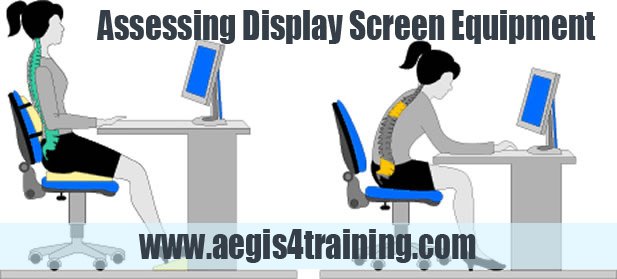
people who work at a computer screen have at least some symptoms of eye trouble.
The name for eye problems caused by computer use is computer vision syndrome (CVS). CVS is
not one specific eye problem. Instead, the term encompasses a whole range of eye strain and pain
experienced by computer users.
In addition, working adults aren’t the only ones vulnerable to computer vision syndrome. Kids
who stare at portable video games or tablets or who use computers throughout the day at school
also can experience eye problems related to computer use, especially if the lighting and computer
position are less than ideal.
How Can the Computer Screen Affect Vision? Computer vision syndrome is similar to carpal
tunnel syndrome and other repetitive stress injuries at work. It occurs when you’re carrying out
the same motion over and over again. Just like those other repetitive stress injuries, computer
vision syndrome can get worse the longer you continue the activity.
Working at a computer requires that the eyes continuously focus, move back and forth, and align
with what you are seeing. You may have to look down at papers and then back up to type, and
the eyes have to accommodate to changing images on the screen in order to create a clear picture
for the brain to interpret.
All of these functions require a lot of effort from eye muscles. Working on a computer is more
challenging to your eyes than reading a book or piece of paper, because a computer screen also
adds the elements of screen contrast, flicker, and glare. Computer eye problems are more likely
to occur if you already have an eye problem — such as nearsightedness or astigmatism — or if
you need glasses but don’t wear them or wear the wrong prescription for computer use.
Working at a computer gets even more difficult as you get older. That’s because the lens of your
eye becomes less flexible. The ability to focus on near and far objects starts to diminish after
about age 40 — a condition called presbyopia.
BUY OUR ONLINE Assessing Display Screen Equipment training course!

